Not sure how you'd celebrate a Croatian Easter in California? Look no further.
As with most holidays in the United States, Easter is one that has succumbed to commercialization. Supermarket shelves bleed pastel colors, packaged dye and Easter egg decorating kits include everything from glitter to stickers and stencils, bunny costumes are a hot purchase, and colorful crinkle grass is sold in plastic packages to stuff holiday baskets for the children alongside the candy, chocolates, and most likely money from the Easter bunny. Extravagant Easter egg hunts are prepared in search of the ‘golden egg’, and no home would be complete without Peeps, the vibrant marshmallow candies that are now synonymous with the spring holiday.
My family’s Easter traditions, however, went beyond that of America’s, because my family’s Easter traditions came all the way from Croatia. While the food was always the focal point of our Croatian customs in California, there are specific Easter memories marked deep in my mind that fully envelope all that is a Croatian Easter. For example, my family’s first home in California was equipped with a bocce ball court. Each year on Easter Sunday, my grandfather, father, uncles, cousins, godfather, and family friends (most likely also Croatian) would gather for a game of bocce (or four) while the lamb roasted on the spit behind them. Not unlike popular bocce Sundays in Croatia, each game never went without beer, smoked meats, pickled vegetables, and of course, rakija.
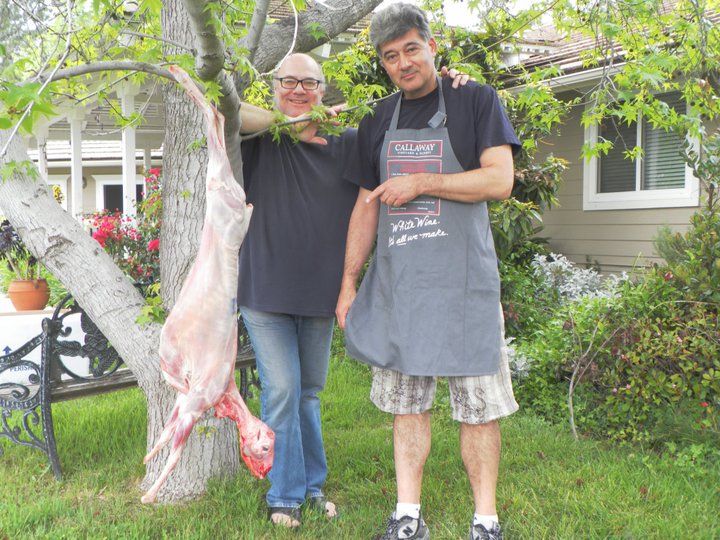
I know this photo is unpleasant, but if it makes you feel any better, my father (on the left) has been a vegetarian for 30 years.
The Croatian food staples of my family each Easter were simple - lamb, Russian salad (my grandmother’s tastier take on ‘French salad’), and sirnica.
Lamb
It wouldn’t be Easter in my family without lamb, but not just any lamb - preferably, a whole baby lamb (or two) we would find from a farm in Sonoma County which would be ordered at least one month in advance. My uncle was usually in charge of finding the best, and if it was one kilo too heavy, it wasn’t going to make it to our Easter table. We traditionally roasted the lamb on a spit, letting it turn for hours while the men in the family would exchange coating it with salt.
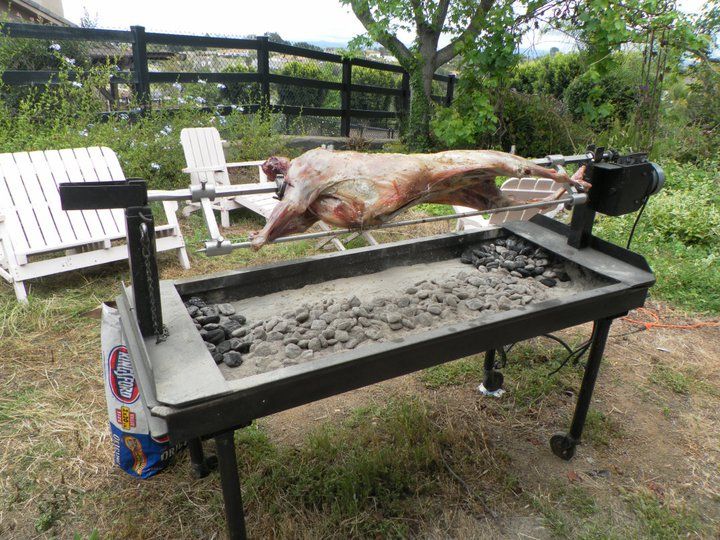
On occasion when our parties grew too big, and only one lamb was good enough for the Rogulj bunch, we’d also have a suckling pig.
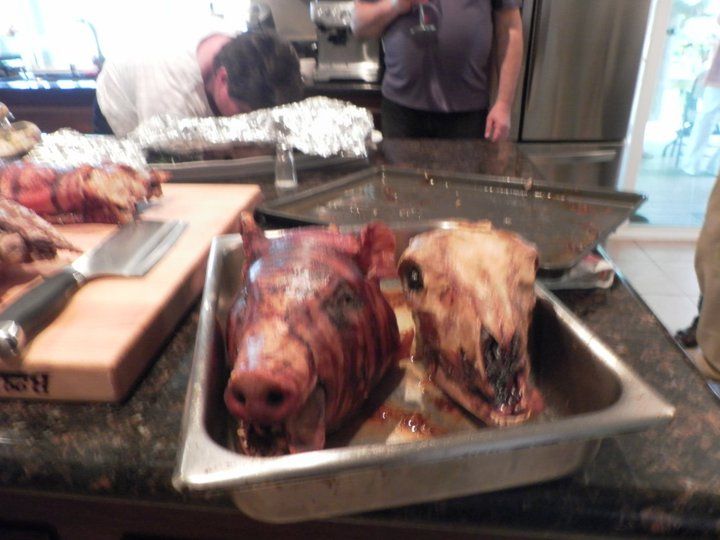
The best part about the lamb experience for me, however, was watching my cousin bat it to pieces with a hammer once it was removed from the spit. This was also a spectacle that gathered the entire family around our kitchen island.
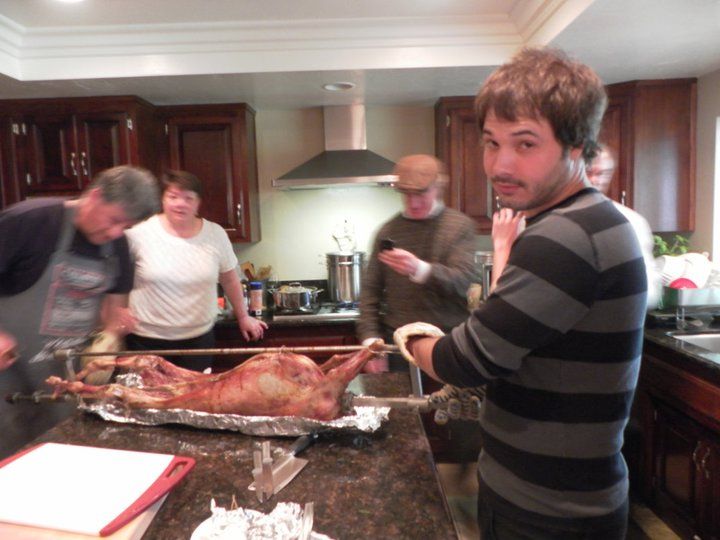
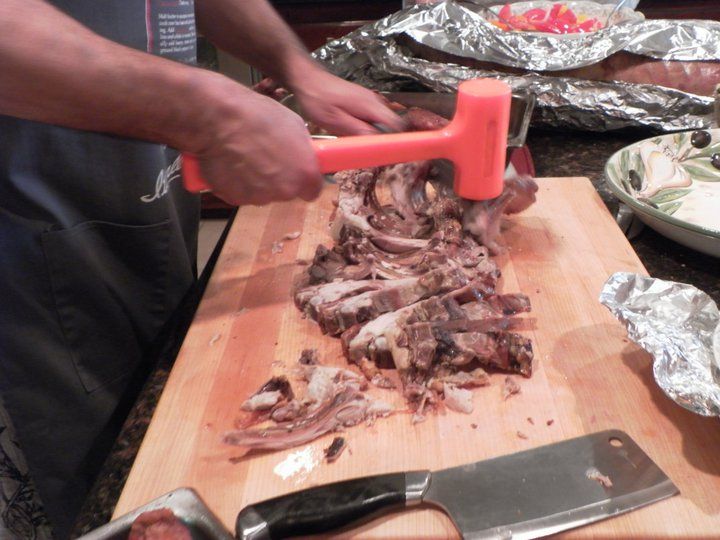

Russian salad
Traditionally, ‘French salad’ is eaten in Croatia every Easter, which is a mixture of potatoes, peas, carrots, pickles, and mayonnaise, among other seasonings. My grandmother’s take on the Croatian ‘French salad’ was ‘Russian salad’ - similar, though a bit fancier. This version included potatoes, red kidney beans, green beans, peas, eggs, pickles, and all of the seasonings. As crucial as the lamb at our Easter table - it was no holiday without this side dish.
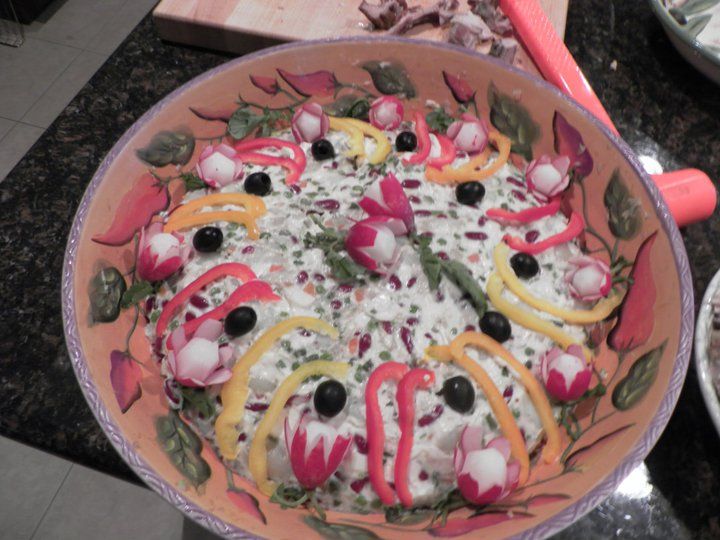
Sirnica
Unlike in Croatia where sirnica can be found in every corner bakery, in California, my grandmother was in charge of supplying the Croatian population with this sweet treat. Usually preparing the week before Easter, my grandmother would turn our kitchen into her sirnica station, baking enough for our family’s festivities and the Croatian families within a 60-mile radius of us. While we hand delivered as many sirnica as we could, we often would send the baked goods via post to ensure no table went without one on this particular day.
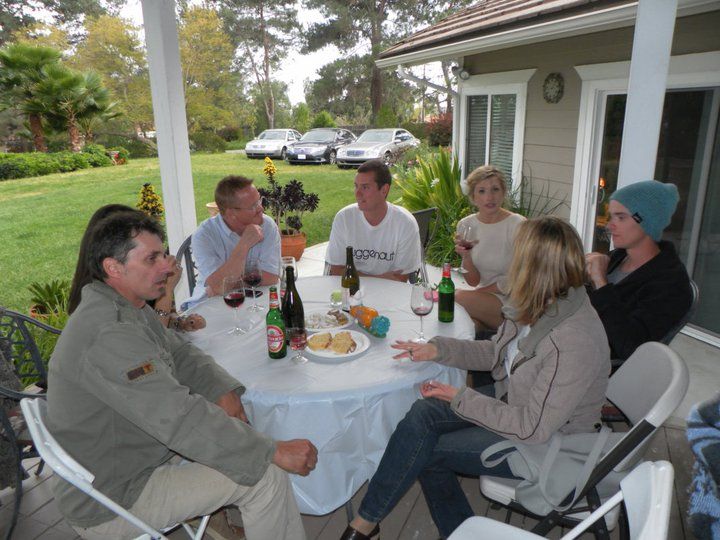
And yes, we’d even bring out the Karlovačko.
Planning on having a Croatian Easter in California? Consider it sorted.


